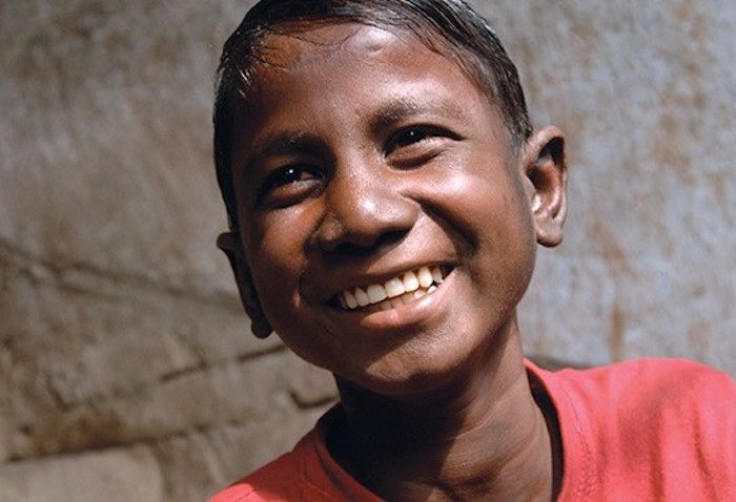World Leprosy Day 2015: Erasing Stigma From Disease Could Reduce New Diagnoses, Eradicate Disease

Leprosy was once called the “separating sickness” for the way in which it separated families. As far back as the Middle Ages, those who fell ill were banished, forced to live with others suffering from the disease in isolated communities known as leper colonies or Lazar houses. Fortunately, those realities are no longer the case for people who develop the disabling disease, as there’s now a cure — eradication may even be on the horizon — but there’s still more work to be done. World Leprosy Day, which falls on Sunday, Jan. 25, is dedicated to raising awareness of these issues.
Reports of leprosy cases first emerged around 600 B.C., according to the World Health Organization. The illness, which is also called Hansen’s disease, is caused by Mycobacterium leprae, a slow-multiplying bacteria that incubates for up to five years. Sometimes, it can take 20 years for symptoms of the disease to appear, and they typically include painful skin lesions and growths; thick, stiff, or dry skin; muscle weakness and paralysis, enlarged nerves, eye problems, and ulcers on the bottom of feet. Complications that arise from these symptoms of the infection, or secondary infections from injuries sustained due to paralysis, for example, cause the complications so many of us recognize as deformities — lost toes and fingers for example.
World Leprosy Day hopes to raise awareness for a disease that “many people believe to be extinct,” UK charity Lepra says on its website. “Today it is not just the disease that is forgotten, but the people too.”
The majority of people who live with leprosy live in Asia and Africa, where laws discriminating against those who fall ill have encouraged a stigma around the disease and deterred patients from seeking treatment. In India, for example, there are at least 15 laws that target people with leprosy, preventing them from standing for election or obtaining a driver’s license, Reuters reported. Meanwhile, in Thailand and Nepal, people with leprosy are affected by laws regarding marriage and employment, and in Malaysia and South Africa, people can still become separated from family and friends.
While the disease is certainly serious, and contagious — through droplets in the nose and mouth that spread from sneezing — the 1940s discovery of the antibiotic drug dapsone paved the way for eliminating the disease. Along with two other antibiotics, clofazimine and rifampicin, which were discovered in the 1960s, the three-drug combo has cured 14 million people with leprosy in the last 20 years alone. At the end of 2012, there were only an estimated 189,000 cases of the disease worldwide, but in both 2012 and 2013, over 200,000 people were diagnosed each year.
By repealing the aforementioned policies and educating the public about leprosy, hundreds of years of stigma will fade and more people will seek treatment. WHO has been providing the three-drug antibiotic combo, called multidrug therapy, to leprosy patients for free since 1995. And other organizations around the world are helping people find treatment. “The age-old stigma associated with the disease remains an obstacle to self-reporting and early treatment,” WHO’s website says. “The image of leprosy has to be changed at the global, national and local levels. A new environment, in which patients will not hesitate to come forward for diagnosis and treatment at any health facility, must be created.”



























